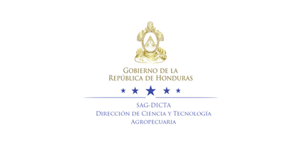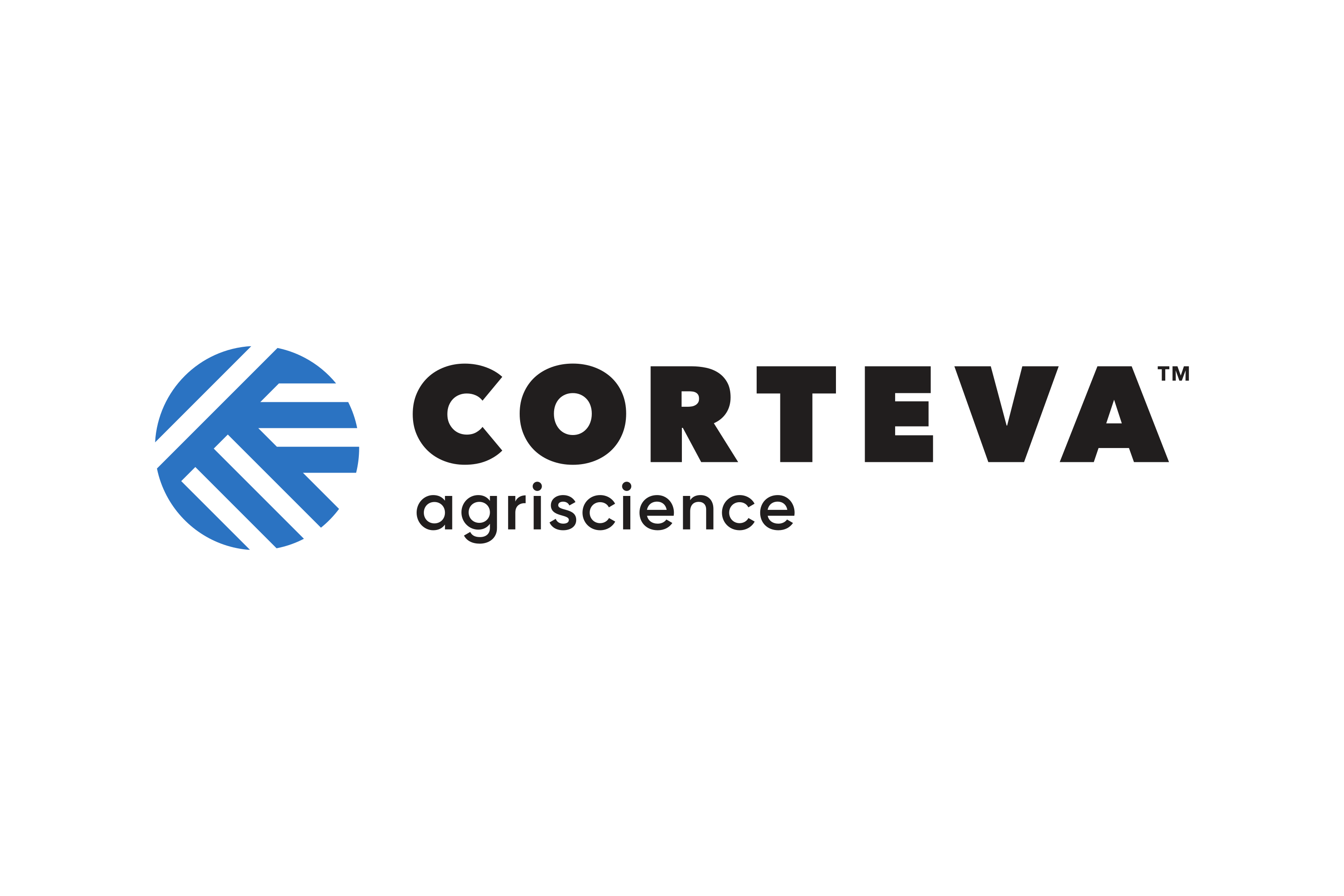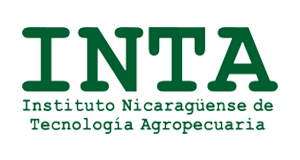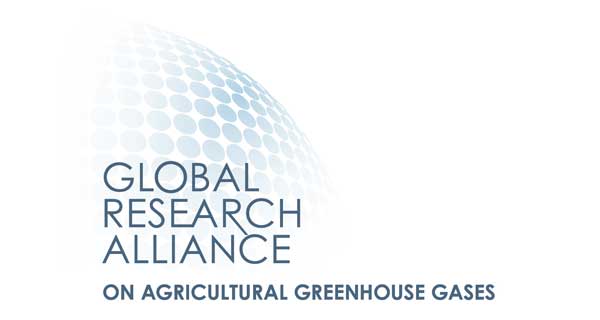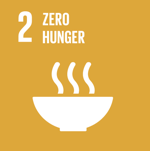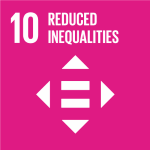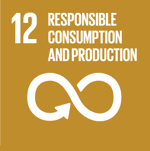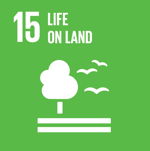Integration of sorghum cultivation into the production systems of Central America
Sustainably intensify production in the Central American Dry Corridor by incorporating adapted sorghum and forage cereal genotypes to enhance the agricultural system productivity, resilience, and sustainability.
Context of the story
The Central American Dry Corridor is a region of dry tropical forest where a considerable proportion of the population depends exclusively on agriculture. Cyclical droughts and extreme weather events driven by climate change severely affect the region, threatening local livelihoods and food security. Integrating crops with high drought tolerance, efficient water use, and high carbon input into the soil will enable sustainable intensification, contributing to food security for local communities and reducing agricultural emissions.
Sustainable intensification of production
The implemented initiative
The project focuses on the sustainable intensification of cropping systems in the Central America Dry Corridor by incorporating adapted sorghum and forage cereal cultivars to increase productivity, sustainability, and resilience in the production systems of the region. Farmers will be able to integrate sorghum and other forage cereals into their production systems. These crops are typically characterized by exhibiting high plasticity in response to water availability, with varieties and agronomic management tailored to the target environments. Consequently, this will enable farmers to diversify their production systems, typically based on subsistence agriculture, and sustainably increase their productivity. The project is funded by the Government of New Zealand.
Regional alliance to sustainably intensify production
The technological solution
The project fosters regional cooperation to sustainably intensify production systems in the target region. To achieve this, an initial baseline will be established, and target environments will be characterized by analyzing climatic and edaphic variables alongside farmers' agronomic practices. This approach will help identify representative environments for cultivar evaluation. Once these environments are defined, superior genotypes will be selected based on their performance within specific conditions and across all evaluated environments. Field experiment data and environmental characterization insights will be made accessible via a user-friendly online platform, offering cultivar recommendations and yield estimates for each environment. Additionally, knowledge-sharing and dissemination materials will ensure that the project's findings reach farmers, technicians, professionals, and students.
"Science and technology, applied through agriculture, have the potential to not only feed a growing population but also to do so in a way that sustains the environment for future generations.
Participating countries
Type of project
Results
The project aims to establish a sorghum cultivar evaluation network, initially establishing a technological baseline for each participating location. It seeks to characterize the soil, climate, and agronomic conditions of the evaluation environments, as well as the cultivars tested in different conditions and their interactions. All collected and processed data will be used to develop an online support platform providing cultivar recommendations and yield estimates for each environment. The results and knowledge gained regarding environmental characterization and cultivar performance will also be disseminated with key stakeholders, including farmers, students, technicians, and professionals.

 Back to the project
Back to the project Costa Rica
Costa Rica Argentina
Argentina Honduras
Honduras Panama
Panama Peru
Peru Colombia
Colombia Dominican Republic
Dominican Republic Nicaragua
Nicaragua United States
United States
